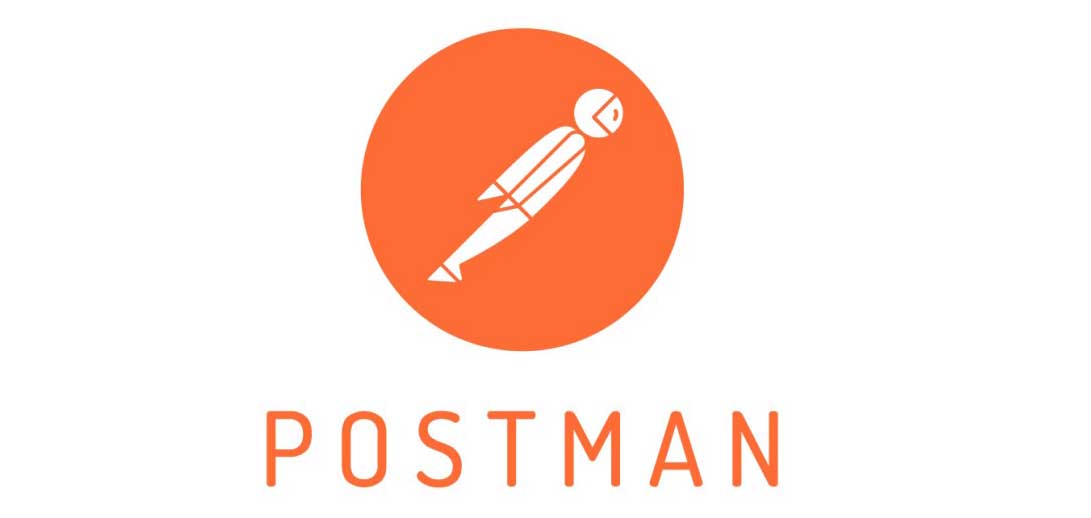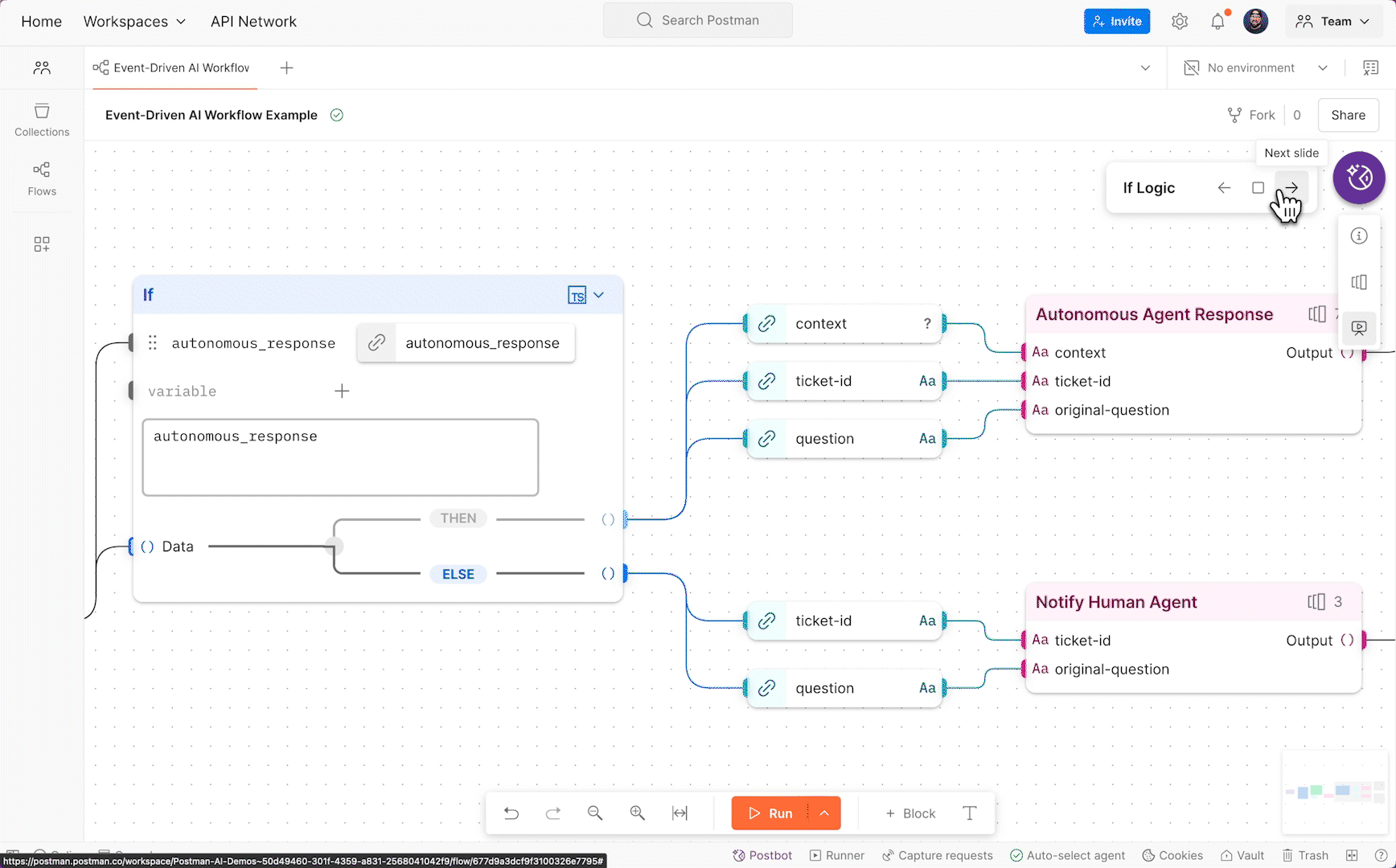Postman AI Agent Builder Offers Unified, One-Stop Platform for Agentic Development
Postman is extending its long-standing API developer expertise to AI agent building. IDN speaks with Postman's Rodric Rabbah about the just-released Postman AI Agent Builder one-stop agentic design-to-deploy platform.
by Vance McCarthy
Tags: AI, agentic, API, developers, GenAI, LLM, Postman, testing,

Head of Product, Postman Flows

"Agents will find their way into many aspects of our lives, automating cognitive work, systems operations, and even physical work."
 Modern Application Development for Digital Business Success
Modern Application Development for Digital Business Success2025
Postman is bringing its long-standing API developer expertise to the new domain of AI agent building.
Postman AI Agent Builder provides developers a one-stop solution to help them quickly design, test, and deploy intelligent AI agents, according to company executives. The platform combines LLMs, APIs, no-code development and visual workflows to streamline AI agent development.
“APIs are becoming a foundational building block for [this] new class of generative software applications,” said Abhinav Asthana, co-founder and CEO of Postman.
“By combining AI services with API-driven architecture, agentic AI will enable organizations to create adaptive automations that can understand context, make decisions, and solve problems dynamically at scale.” Asthana said in part. “Postman is uniquely positioned to streamline API and AI application development and drive innovation.”
Postman’s Vision To Help API Developers Pivot to AI Agent Opportunities
To learn more about the vision and features of Postman AI Agent Builder, IDN spoke with Rodric Rabbah, Postman's Head of Product, Postman Flows.
To begin, Rabbah explained the explosive opportunities – and challenges – of agentic AI. He also shares how Postman is helping today’s API developers can easily make the transition.
Agents will find their way into many aspects of our lives, automating cognitive work, systems operations, and even physical work.
Developers are faced with not only understanding, testing, and evaluating APIs that help them solve problems. Now, they also have to wrangle with understanding, testing and evaluating AI model performance, for speed, cost and predictability (or quality). This can easily lead to fragmentation of tooling and shatter the developer’s experience - the sacred inner loop where rapid ideation, prototyping and evaluation lead to innovation and impact.
To address these issues, Postman AI Agent Builder provides developers a “holistic and integrated” solutions suite for AI Agent’s design-to-deploy pipeline.

Postman AI Agent Builder simplifies agent and workflow design. Use a visual, no-code canvas to easily build agents and configure multi-step workflows.
Notably, Postman AI Agent Builder features include:
AI Protocol for Developers: To easily test the responses and performance of leading LLMs without having to set up new environments. Developers can compare models, evaluate prompts, and create benchmarks using Postman’s familiar and user-friendly interface.
Centralized Platform for LLM Discovery: To quickly find the necessary LLMs. LLM Templates & LLM Discovery: To simplify AI agent development by enabling developers to quickly find the necessary LLMs and provide predefined integrations, structured workflows, and scenario-based best practices.
Effortless LLM Testing & Evaluation: To streamline testing of LLM responses by using the Postman client, Collection Runner, or Flows to test prompts and inputs for leading models including OpenAI’s ChatGPT, Google’s Gemini, Anthropic’s Claude, Cohere, and Meta’s Llama.
Postman’s API Discovery and Tool Generation APIs: These grant developers instant access to the Postman API Network, the largest repository of verified APIs in the world with more than 100,000 APIs. AI needs quality APIs to discover data it needs, or to affect outcomes, and access to the Postman API Network delivers these resources in a way familiar to existing Postman users.
Ready-to-use APIs: Capable of instantly turning APIs into “AI agent-ready “tools which can seamlessly integrate within a developer’s preferred existing environment. This key “level-up” feature removes the need for developers to re-write boilerplate code for each tool.
Simplified Testing: To test workflows locally, ensuring accurate and reliable outputs across a variety of scenarios without the complexity of managing testing infrastructure.
Inside Postman AI Agent Builder Architecture
Postman’s AI Agent Builder ability to provide such a full-featured platform in large part because it is built upon Postman Flows, which offers developers a visual, low-code and modular programming interface. The combination provides a no-code “visual canvas” that allows developers to step-by-step easily build workflows and integrate AI requests, Rabbah told IDN.
[Developers] can zoom out to see the entire workflow or zoom into a specific step. The visual nature of Flows means developers can understand the automations they’re creating, explain them to others, and reliable test, version control, and share with others in their organization.
Agents are created as Flows modules and can be part of a company’s living and composable agent library. New workflows and intelligent automations are built from these agent libraries, and a single workflow may include two or more agents.
Agents can encapsulate specific tasks (which perform actions via tools or APIs) and can collaborate with each other to judge and refine decisions to meet specific acceptance criteria. These can be encoded in Flows on the visual canvas, and moreover, each component can be built, tested, and versioned separately.
Rabbah also explained how Postman’s architecture helps API developers successfully navigate from APIs to AI Agents.
APIs today are transactional, and we expect them to be deterministic, meaning they behave the same way every time you call them. We rely on their static and predictable nature to create step-by-step workflows and automations today to support business operations (from customer support processes to marketing and lead generation, to day-to-day engineering automations, as examples). You could say lots of processes in our tech stack are largely prescribed: If This Happens, Do That.
AI is upending this entire model.
The foundational large language models (LLMs) underlying this AI pivot understand our language remarkably well and can generate responses to questions (prompts) that are “creative”. This in turn allows us to reimagine how we create workflows and automate processes, with artificial intelligence.
The models use probabilistic inference techniques and so each time you ask the model a question, it may or may not respond the same way. The amount of creativity and predictability you get out of a model is a parameter you can tune, but fundamentally what this means is a shift in orchestrating workflows, where AI is injected into the process, and it can figure out what data it needs to enrich its context, and what APIs to call to perform actions that affect real-world changes.
Postman AI Agent Builder Also Supports ‘Guardrails’ for Safe Operations
To complete the full lifecycle support, Postman AI Agent Builder also addresses the growing “ethical and regulatory concerns” surrounding agentic projects.
“Organizations adopting dozens or hundreds of agents need robust oversight and “guardrails” to ensure safe operation,” Rabbah told IDN. As a result, Postman AI Agent Builder takes “a multi-pronged approach, where guardrails specific to an organization or team can be built, shared, and composed in a modular way,” he said.
Further, it provides “the ability to test agents with multiple scenarios and snapshot the scenarios and the agents ensures the ability to test in isolation and to replay scenarios under new conditions. With built-in support to both upgrade and revert agents, responding to situations in production quickly is also streamlined,” Rabbah added.
Predicting Explosive Growth for AI Agent Developers
At least one analyst firm has already set out the AI Agent markets now open to developers. By 2027, Deloitte predicts that half of companies that use generative AI will have launched agentic AI pilots or proofs of concept.”
Postman CEO Asthana sees even more dramatic opportunities for agentic-focused API developers. “We could see a 10–100X increase in API utility, enabling software systems to execute increasingly complex workflows,” he said.
Readers can learn more about Postman AI Agent Builder here.
Related:
All rights reserved © 2025 Enterprise Integration News, Inc.


